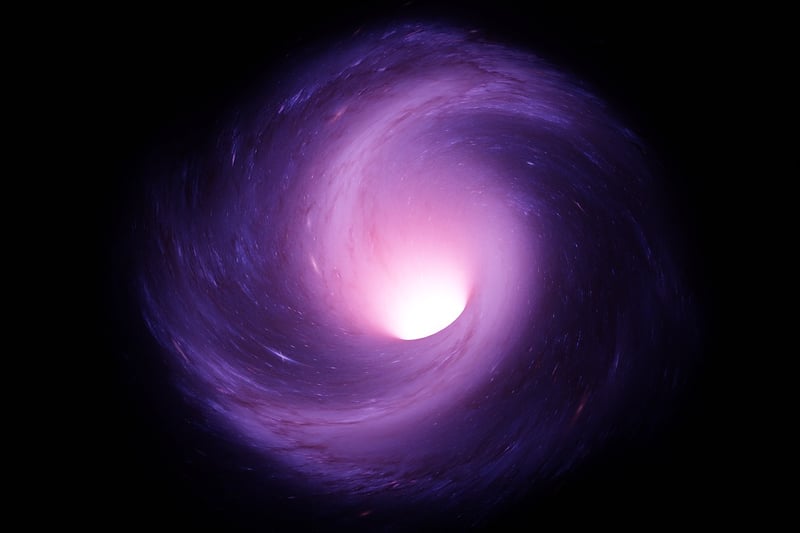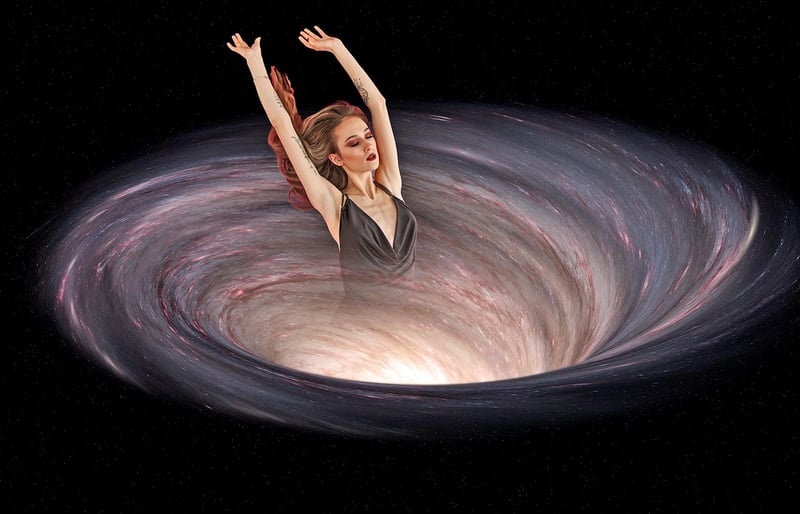Wormholes
Understanding Alterations in Time-Space and Wormholes
Time and space have long fascinated scientists, philosophers, and science fiction enthusiasts. The concept of time-space alterations and wormholes, often featured in popular culture, remain intriguing topics that challenge our understanding of the universe.
Time-Space Alterations
Time-space alterations refer to changes or disruptions in the fabric of spacetime, a concept introduced by Albert Einstein's theory of general relativity. According to this theory, space and time are interconnected, forming a four-dimensional continuum known as spacetime.
Various phenomena can lead to alterations in time-space, such as massive objects like black holes or the bending of light around a massive star. These alterations can cause time dilation, where time appears to pass at different rates depending on the gravitational field strength.
Key Points about Time-Space Alterations:
- Spacetime is a four-dimensional continuum.
- Massive objects can distort spacetime.
- Time dilation can occur in regions of strong gravitational fields.

Wormholes
Wormholes, also known as Einstein-Rosen bridges, are theoretical passages through spacetime that could create shortcuts for long journeys across the universe. In theory, a wormhole could connect two separate points in spacetime, allowing for faster-than-light travel or even time travel.
While wormholes are a popular concept in science fiction, their existence in reality remains purely theoretical. The extreme conditions required to stabilize a wormhole, including negative energy or exotic matter, make their practical realization highly challenging.
Key Points about Wormholes:
- Wormholes are theoretical passages through spacetime.
- They could potentially enable faster-than-light travel.
- Stabilizing a wormhole would require exotic matter with negative energy.

In conclusion, alterations in time-space and the concept of wormholes provide a fascinating glimpse into the complexities of the universe. While these ideas may fuel our imagination and inspire scientific exploration, their practical realization poses significant challenges that continue to intrigue researchers and enthusiasts alike.
